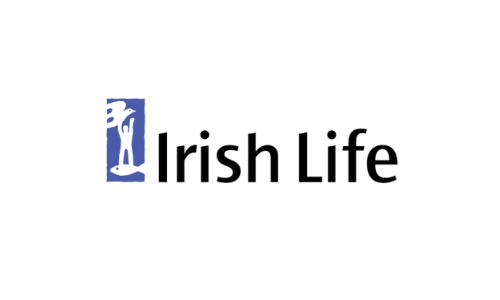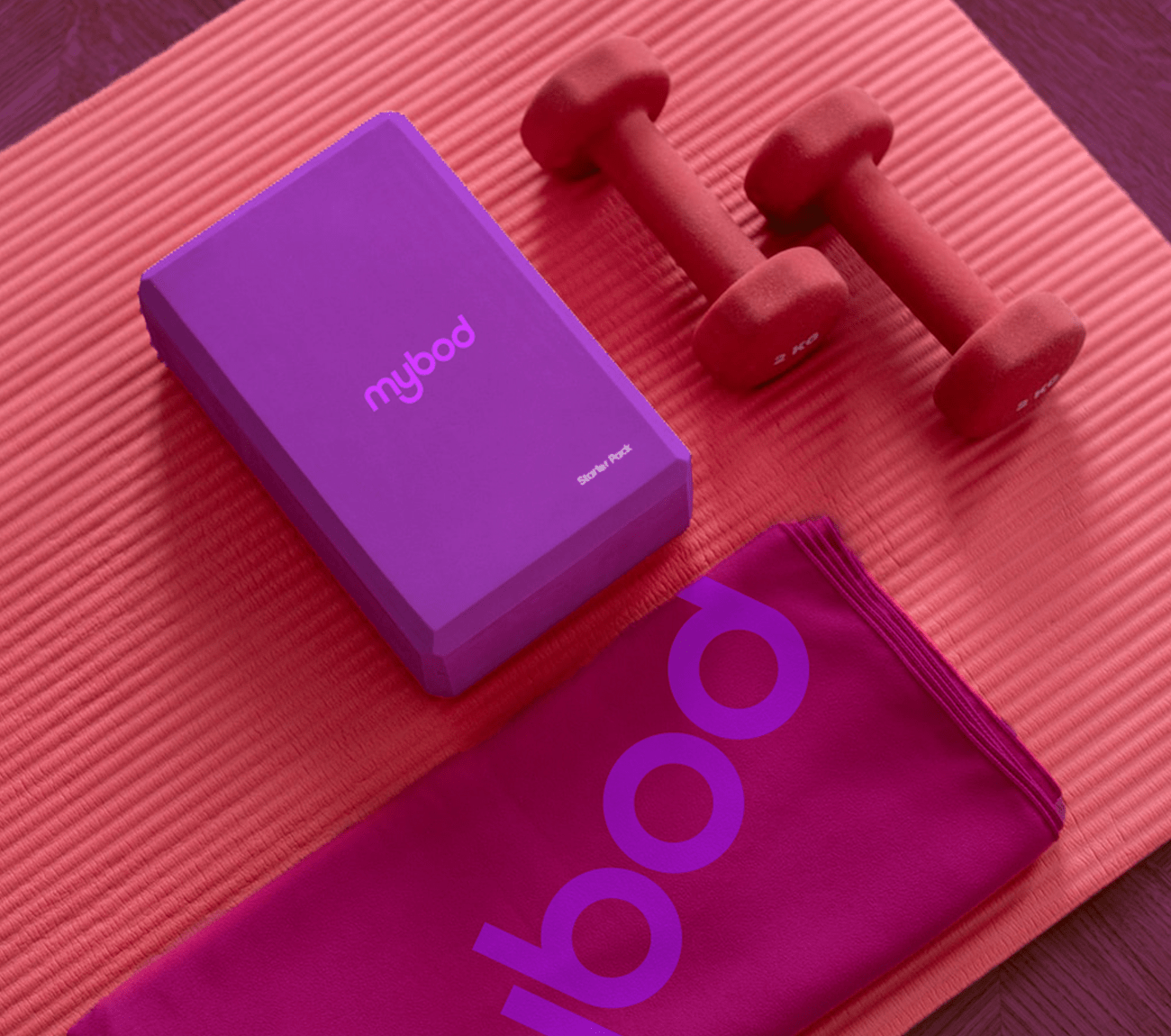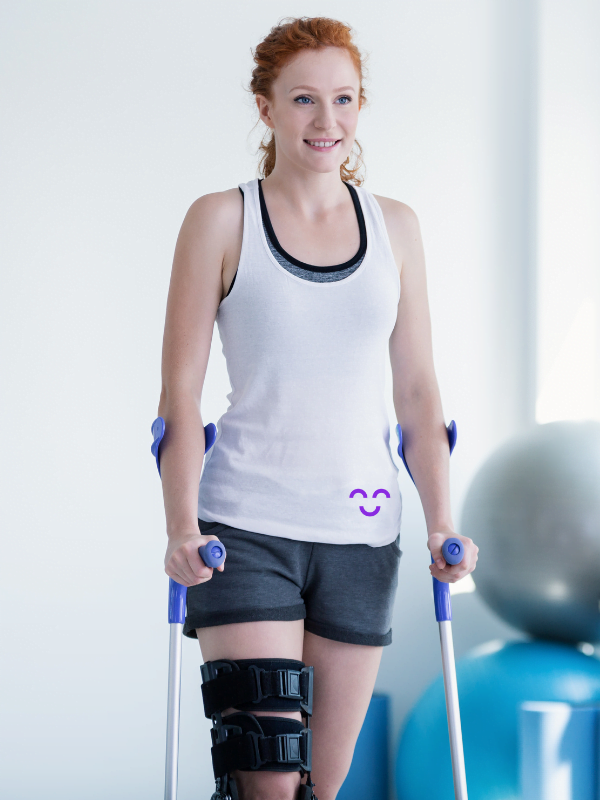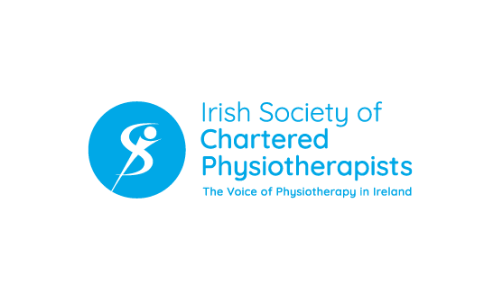Pre & Post-Operative Rehab
Deciding on surgery
Pre and Post-Operative Rehab refers to preparation and work that occurs both before and after a potential surgery. There are many conditions that may require an operation. Sometimes surgery can be avoided altogether with Physiotherapy and Exercise but in some cases, surgery might be your best option. After ruling out any other possible alternatives and discussing your diagnosis, your surgeon and their team will explain the reasons for carrying out any type of procedure. Arthroscopy, for example, is a type of keyhole surgery used to investigate and/or treat your joints. Conditions commonly treated by Knee Arthroscopy include examples like Cartilage Injury, Meniscus Tear, ACL Injury and Arthritis. Whereas, Shoulder Arthroscopy will treat conditions such as Calcific Tendonitis, Frozen Shoulder (Adhesive Capsulitis) and Rotator Cuff Tear.
Patient and injury factors unique to the individual, as well as the willingness to undertake pre and post-surgery rehabilitation physiotherapy, are essential aspects when considering clinical interventions such as surgery. Treatment options for Articular Cartilage Injury for example, are based on factors such as the ones listed below. Each injury and situation will present its own set of considerations i.e. What type of surgery is most suitable?

Age

Activity Level
Overall Joint Health

Size & Location of Lesion

Commitment to Rehab & Physio

Desire to Return to Sporting Activity
Setting yourself up for Success
Commitment to a progressive rehabilitation and physiotherapy programme is key to a long term recovery from surgery. Your physiotherapy guidelines will be tailored to the form of surgery performed. After your operation, you will likely be seen by an on-site physiotherapist prior to discharge, who will advise you on early range-of-motion and strengthening exercises. It will then be time to follow up with a Chartered Physiotherapist 7-14 days post discharge. As everyone progresses at different rates, your physiotherapy and rehabilitation programme should focus on criteria based progression, rather than timeline alone. Progress is based on Key Performance Indicators, with consistent sequential progressions and milestones. Once you are proficient with the execution of a particular exercise, this can be increased in complexity, with constant emphasis on efficient technique and form.
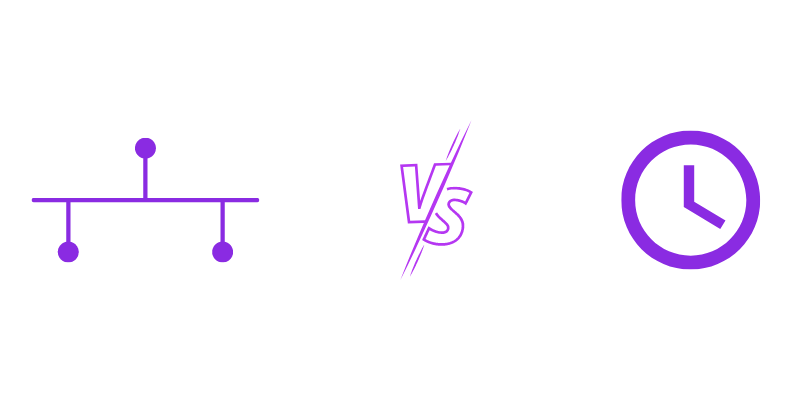
Everyone’s goals, timelines and situations are different, whether it’s returning to the pitch after ACL Reconstruction Surgery or getting back on your feet after a Total Knee Replacement. A Total Knee Replacement, most commonly required as a result of Osteoarthritis, is one of the safest and most effective surgical procedures available, with anywhere between 500,000 and 1 million being performed globally each year. However, that’s not to say that any two surgeries are identical, even if they are the same type of procedure. Your road to recovery and its distance will be personal to you and the perceived complexity or invasiveness of a surgery may not apply to your case.
Pre-Surgery Rehabilitation Physiotherapy
Before your surgery it is important to maintain an active lifestyle so that the muscles around your knee stay strong. According to the SSC, Research shows that patients who complete an Exercise Programme before their surgery have a quicker recovery than those who don’t. Knowing what to expect and exercising before your surgery will help you increase your confidence and ability to manage after your operation. Your surgeon and their team will give you exercises to help prepare your body in advance.
After an ACL injury for instance, regardless of whether surgery will take place or not, physiotherapy management focuses on regaining range of movement, strength, proprioception and stability. The early onset of symptoms directly after the injury is known as the Acute Stage. It is very important that you work with your Physiotherapist to reduce swelling and pain at this point. It’s also important to regain full range of motion and to decrease joint effusion (extra fluid near the joint). The risk of developing a stiff knee after surgery can be significantly reduced if the surgery is delayed until the acute inflammatory phase has passed, the swelling has subsided, a normal or near normal range of motion (especially extension) has been obtained and an optimal gait pattern has been reintroduced. This will prepare the knee for surgery and create optimal conditions for long-term recovery.
Post-Operative Rehabilitation Physiotherapy
After your operation, you will be seen by a physiotherapist in the hospital. After discharge, you will be provided with specific rehabilitation guidelines for your physiotherapist. Your rehabilitation programme will depend on exactly what was found and performed during your operation. Depending on the procedure, your surgeon may wish to follow up with you in person after several weeks. Physiotherapy is essential to achieving the best possible long-term outcome. As your local Physiotherapist, we will liaise with your surgeon and team and build upon your rehabilitation guidelines. You can arrange a post-operative appointment with us and we will open up a line of communication with your doctors. On discharge from SSC for example, you will receive a referral letter and rehabilitation protocol to give to your out-patient physiotherapist. This will inform the physiotherapist of your surgery and give guidelines for your short and long term rehabilitation. It is likely that you will require follow up physiotherapy for several months after your operation.
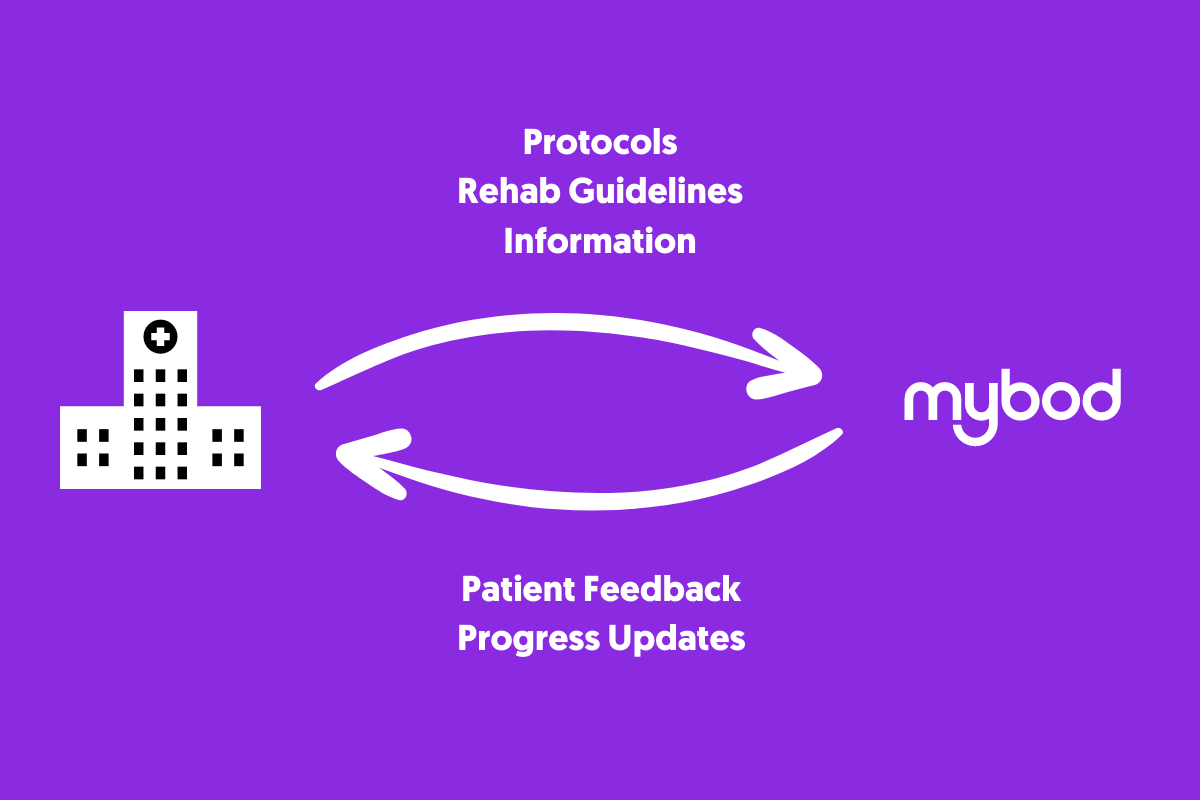
No surgery is guaranteed to completely cure a condition. The outcome rates vary depending on your specific injury or condition, the duration of symptoms, medical history, as well as the precise surgical procedure you have had. Usually (but not always) in knee surgery, many patients will be 75% better 3-4 months after surgery and will continue to improve for up to 12-18 months after surgery. This is typically quicker for the more minor procedures and longer for the major procedures.
Questions?
What are your prices?
All pricing can be found on our Booking Page here.
Do I need to go to my GP first?
No. You do not require a referral to book an appointment with us.
Do I need Physiotherapy?
Physiotherapy is about prevention and cure. Even if there is confirmed structural damage, a Chartered Physiotherapist can treat your injury.
What should I wear to my appointment?
It is best to wear shorts if the issue is your lower body and a T-shirt or Singlet if the issue is with your upper body.
Claim back your session on your Health Insurance!
Vhi
You can claim back your Physiotherapy session cost with Vhi’s “Snap & Send”.

Laya Healthcare
Along with other benefits, the Laya App enables you to claim on your Physio.
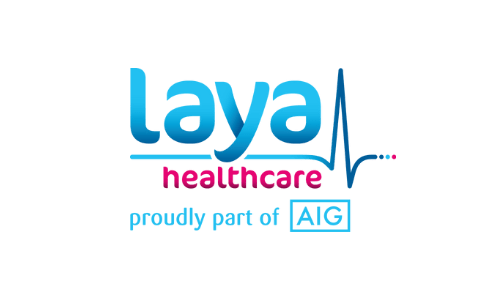
Irish Life Health
Log into your Account Online to make your claim with Irish Life. A member app is available too.
